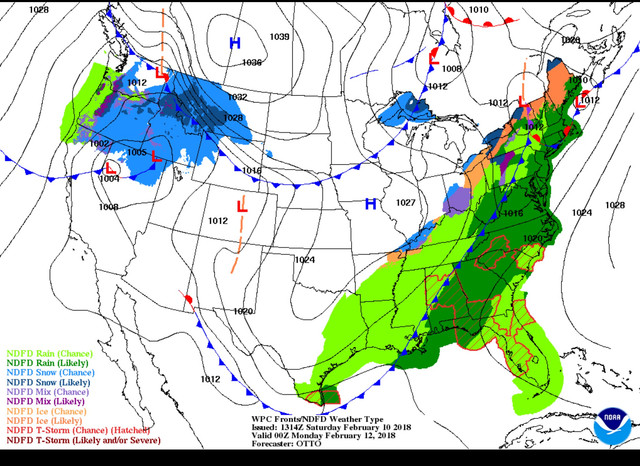DesertNomad
Pattern Altitude
I have a Piper Dakota, ADS-B but no Stormscope or XM, S-TEC 30 with GPSS and Alt. Hold.
Looking to fly KMDQ (Huntsville, AL) to KSGJ (St. Augustine, FL) on Monday. I've had my IR for a year but no actual other than about 30 seconds one flight. Forecast is for rain and/or showers over most of the area all week. I want to keep ceilings to 800 feet. My biggest concern is embedded T-Storms and possibly ice.
I'm headed to Miami by next Saturday so could delay if needed. But driving is not an option since the reason for flying to Miami is to join a group and we're all flying to Guatemala.
Thoughts, suggestions, advice?
This is not my part of the country as I live in Northern Nevada.
Looking to fly KMDQ (Huntsville, AL) to KSGJ (St. Augustine, FL) on Monday. I've had my IR for a year but no actual other than about 30 seconds one flight. Forecast is for rain and/or showers over most of the area all week. I want to keep ceilings to 800 feet. My biggest concern is embedded T-Storms and possibly ice.
I'm headed to Miami by next Saturday so could delay if needed. But driving is not an option since the reason for flying to Miami is to join a group and we're all flying to Guatemala.
Thoughts, suggestions, advice?
This is not my part of the country as I live in Northern Nevada.



